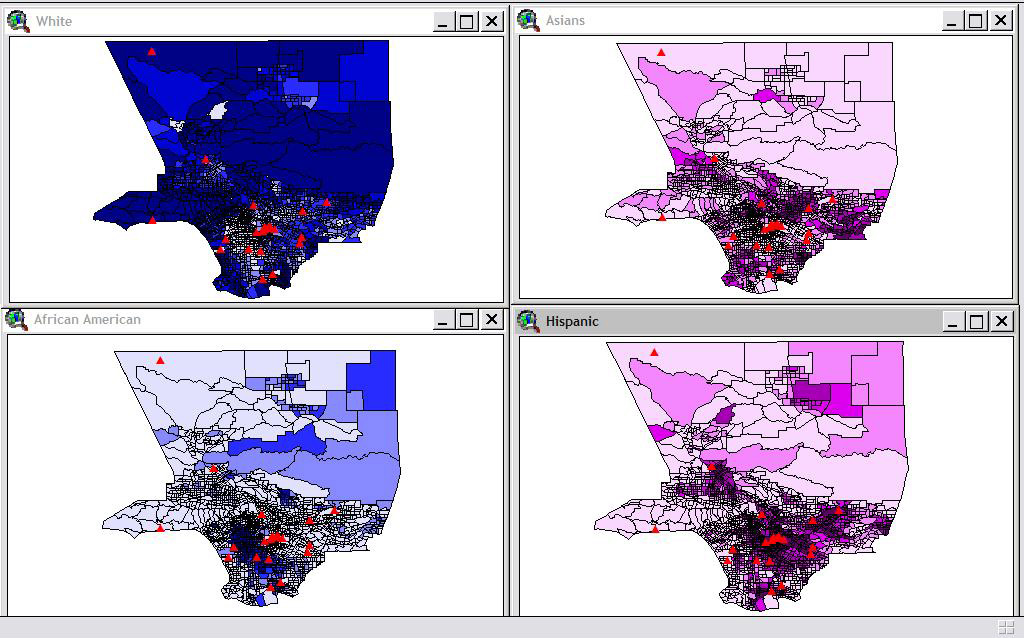
Background of Environmental Justice as a Basis for this Study
For a great deal of my academic career throughout the past couple of years, I have been concered with studying the many facets of enviromental justice research in the United States. In the United States, looking at environmental justice research in the simplest terms, environmental justice involves the disproportionate burdens of environmental hazards among different groups of people in the United States. The current existing research has suggested that minority and low income groups suffer a disproportionate amount of burdens from a variety of environmental pollutants. In 1987 the United Church of Christ published one of the first studies indicating the prevalence of environmental injustice. The study revealed that race and socio-economic status were the most improtant variables associated with the siting of hazardous waste facilities. Also, although socio-economic status was also an important variable in the location of these sites, race was the most significant (UCC 1987).
Therefore, when we look at such environmental justice issues in the United States, it is very difficult not to look at these issues in terms of racial disparities. As a matter of fact, research has shown that in the United States, African Americans and Hispanics are two groups that suffer some of the most disproportionate impacts. A quick example of this can seen below is a snapshot of the Treatment, Storage and Disposal Facilities in the tracts of Los Angeles County. Here it is quite apparent that out of the four ethnic groups sampled here, Hispanics are the most centrally located surrounding these sites.
US ENVIRONMENTAL JUSTICE FINDINGS
(Los Angeles Case)
Referring back to the last midterm presentation, I was very interested in doing similar types of environmental justice research in countries outside the United States. I had picked South Korea as an ideal nation to use, primarily because of the highly racially/ethnically homogenous nature of its population. I felt it would be very interesting to look at environmental justice issues in a region where race was virtually homogenous, namely because of the fact that in the United States, race has been one of the most significant factors related to the disproportionate siting of environmental hazards. Well, South Korea definitely fit this category, known as one of the most racially and culturally homogenous regions of the world, but one of the major issues behind studying this region had to do with lack of available data I had to work with.